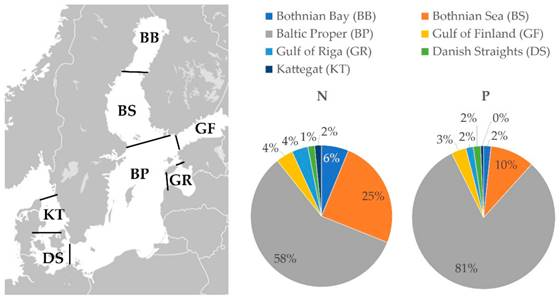The Baltic Sea is considered the marine water body most severely affected by eutrophication within Europe. Due to its limited water exchange nutrients have a particularly long residence time in the sea. While several studies have analysed the costs of reducing current nutrient emissions, the costs for remediating legacy nutrient loads of past emissions remain unknown. Although the Baltic Sea is a comparatively well-monitored region, current data and knowledge is insufficient to provide a sound quantification of legacy nutrient loads and much less their abatement costs. A first rough estimation of agricultural legacy nutrient loads yields an accumulation of 0.5–4.0 Mt N and 0.3–1.2 Mt P in the Baltic Sea and 0.4–0.5 Mt P in agricultural soils within the catchment. The costs for removing or immobilising this amount of nutrients via deep water oxygenation, mussel farming and soil gypsum amendment are in the range of few tens to over 100 billion €. These preliminary results are meant as a basis for future studies and show that while requiring serious commitment to funding and implementation, remediating agricultural legacy loads is not infeasible and may even provide economic benefits to local communities in the long run.

Overview of Baltic Sea subbasins (left, background map from [69]) and distribution of nutrient loads based on [18] (right).
Continue to full publication here – https://doi.org/10.3390/su13073872
